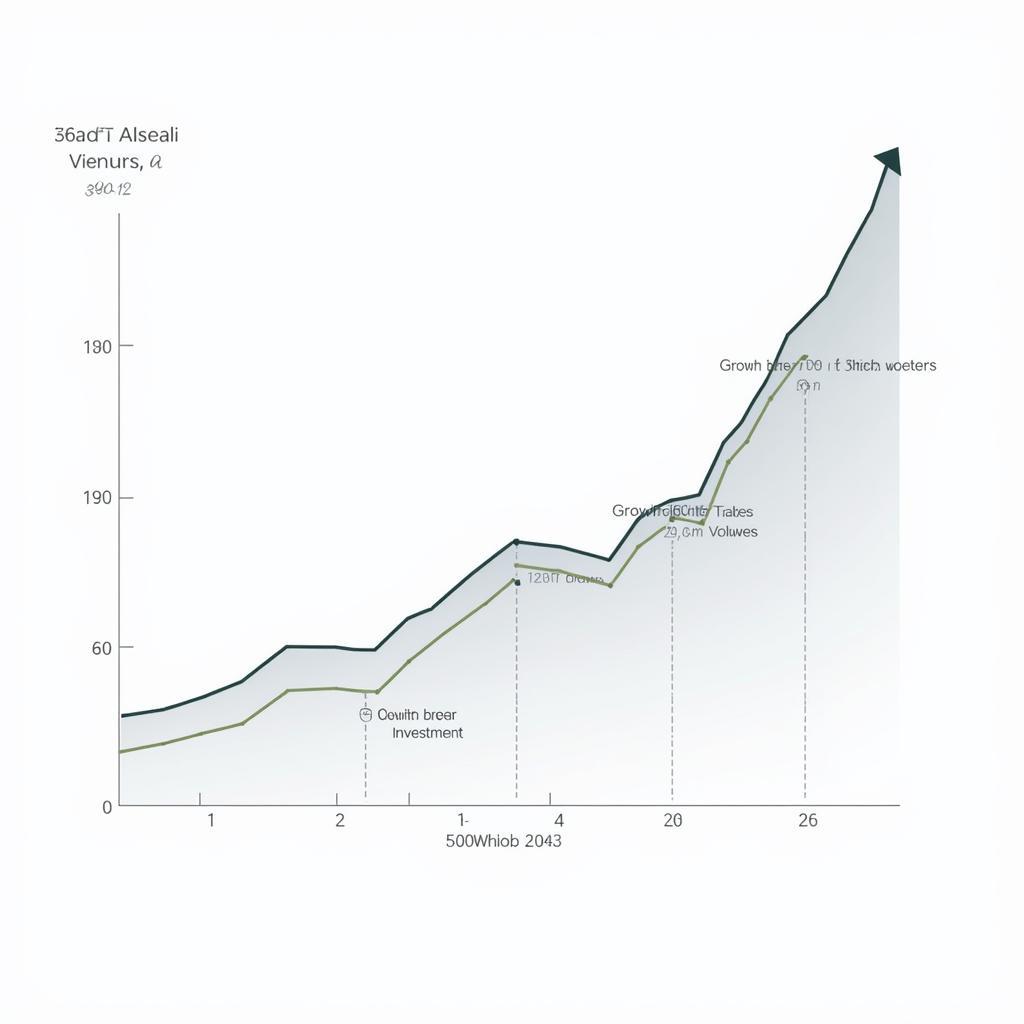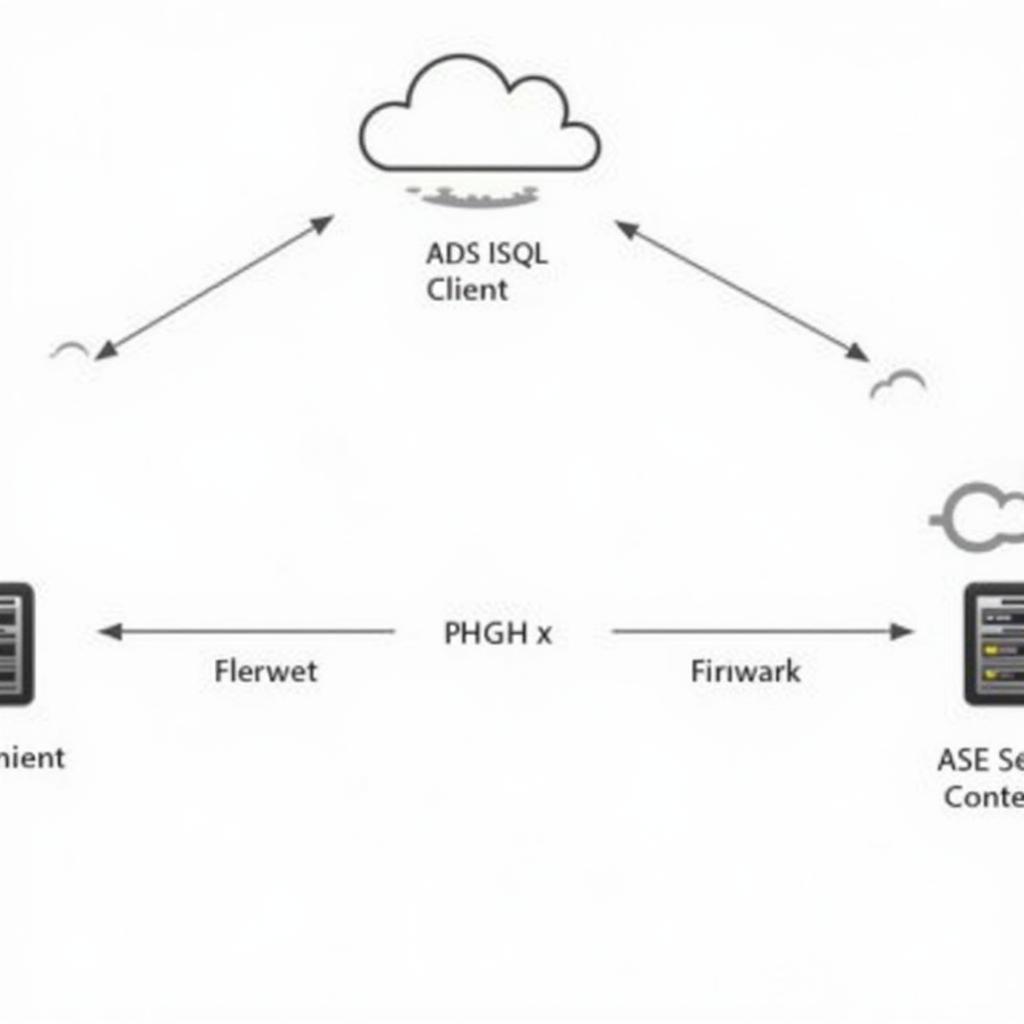Asean Britannica offers a comprehensive overview of the Association of Southeast Asian Nations (ASEAN), a political and economic union of 10 member states in Southeast Asia. This article delves into the organization’s history, purpose, and impact on the region and the world. We’ll explore its diverse cultural landscape, economic advancements, and the challenges it faces in the 21st century.
A Deep Dive into ASEAN’s History and Formation
ASEAN was established on August 8, 1967, with the signing of the Bangkok Declaration by five founding members: Indonesia, Malaysia, the Philippines, Singapore, and Thailand. Driven by a shared desire for regional stability and cooperation, these nations laid the foundation for what would become a vital force in Southeast Asian affairs. The initial focus was on promoting peace and security, fostering economic growth, and advancing social progress.
The organization expanded over the decades, welcoming Brunei Darussalam in 1984, Vietnam in 1995, Laos and Myanmar in 1997, and Cambodia in 1999. This expansion reflected a growing recognition of the interconnectedness of Southeast Asia and the benefits of collective action.
ASEAN’s Pillars: Political-Security, Economic, and Socio-Cultural Cooperation
ASEAN operates on three pillars: the Political-Security Community, the Economic Community, and the Socio-Cultural Community. These pillars represent the interconnected nature of regional development, recognizing that peace and security, economic prosperity, and social harmony are mutually reinforcing. The Political-Security Community focuses on conflict prevention and resolution, while the Economic Community aims to create a single market and production base. The Socio-Cultural Community promotes people-to-people connectivity and cultural exchange.
What are the economic benefits of ASEAN membership?
Membership in ASEAN offers significant economic advantages, including access to a large and growing market, preferential trade agreements, and opportunities for foreign investment. The ASEAN Economic Community (AEC) aims to create a highly competitive economic region characterized by free flow of goods, services, investment, skilled labor, and freer flow of capital.
 ASEAN Economic Community Growth Chart
ASEAN Economic Community Growth Chart
ASEAN Britannica: Addressing Challenges and Looking Towards the Future
While ASEAN has achieved remarkable progress, it also faces numerous challenges. These include managing territorial disputes, addressing non-traditional security threats like terrorism and cybercrime, and narrowing the development gap between member states. Furthermore, ASEAN must navigate the complexities of great power rivalry in the region and adapt to the rapidly changing global landscape.
How does ASEAN address human rights issues?
ASEAN has established mechanisms to address human rights issues, including the ASEAN Intergovernmental Commission on Human Rights (AICHR). However, the effectiveness of these mechanisms remains a subject of debate. Promoting and protecting human rights is a key aspect of the ASEAN Socio-Cultural Community Blueprint, which emphasizes the importance of human dignity, fundamental freedoms, and good governance.
Conclusion: ASEAN Britannica – A Gateway to Understanding Southeast Asia
ASEAN Britannica serves as a valuable resource for anyone seeking to understand the Association of Southeast Asian Nations. From its historical roots to its present-day challenges and future aspirations, ASEAN plays a pivotal role in shaping the political, economic, and social landscape of Southeast Asia. By fostering cooperation and integration, ASEAN continues to strive for a more peaceful, prosperous, and interconnected region. Understanding ASEAN is key to understanding the dynamics of this vibrant and increasingly important part of the world.
FAQ
-
What does ASEAN stand for?
- ASEAN stands for the Association of Southeast Asian Nations.
-
How many countries are in ASEAN?
- There are 10 member states in ASEAN.
-
When was ASEAN established?
- ASEAN was established on August 8, 1967.
-
What are the three pillars of ASEAN?
- The three pillars are the Political-Security Community, the Economic Community, and the Socio-Cultural Community.
-
What is the purpose of ASEAN?
- ASEAN aims to promote regional peace and stability, economic growth, and social progress.
-
What is the ASEAN Economic Community (AEC)?
- The AEC aims to create a single market and production base in Southeast Asia.
-
What are some of the challenges facing ASEAN?
- Challenges include managing territorial disputes, addressing non-traditional security threats, and narrowing the development gap between member states.
Common Scenarios and Questions
-
Scenario: A business looking to invest in Southeast Asia.
- Question: What are the investment opportunities within ASEAN?
-
Scenario: A student researching regional organizations.
- Question: How does ASEAN compare to other regional organizations like the EU?
-
Scenario: A traveler planning a trip to Southeast Asia.
- Question: What are the visa requirements for traveling within ASEAN countries?
Further Exploration
- Explore other articles on our website about individual ASEAN member states.
- Learn more about the ASEAN Charter and its guiding principles.
- Discover the rich cultural heritage of Southeast Asia through our dedicated cultural section.
Need assistance? Contact us 24/7:
Phone: 0369020373
Email: [email protected]
Address: Thon Ngoc Lien, Hiep Hoa, Bac Giang, Vietnam.

